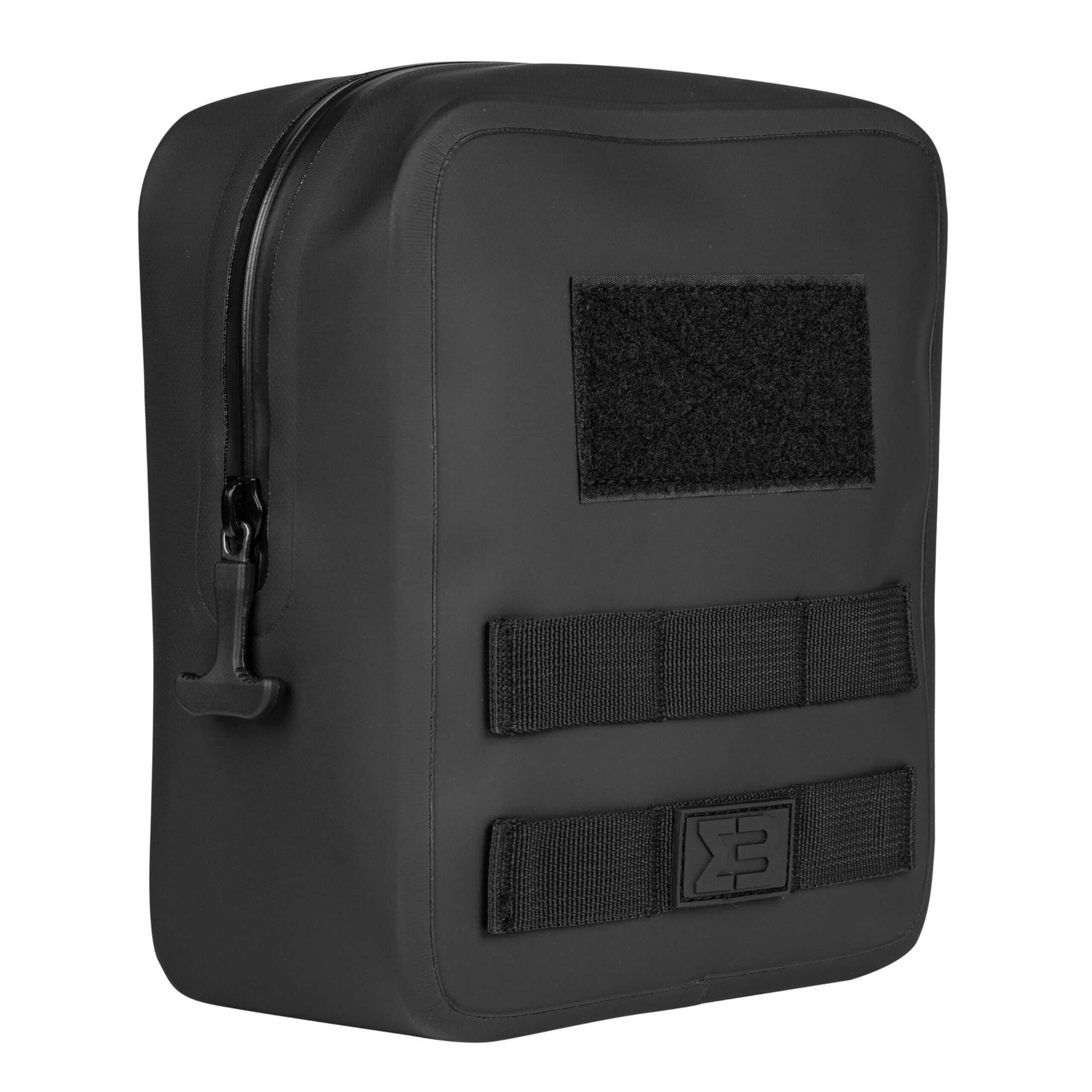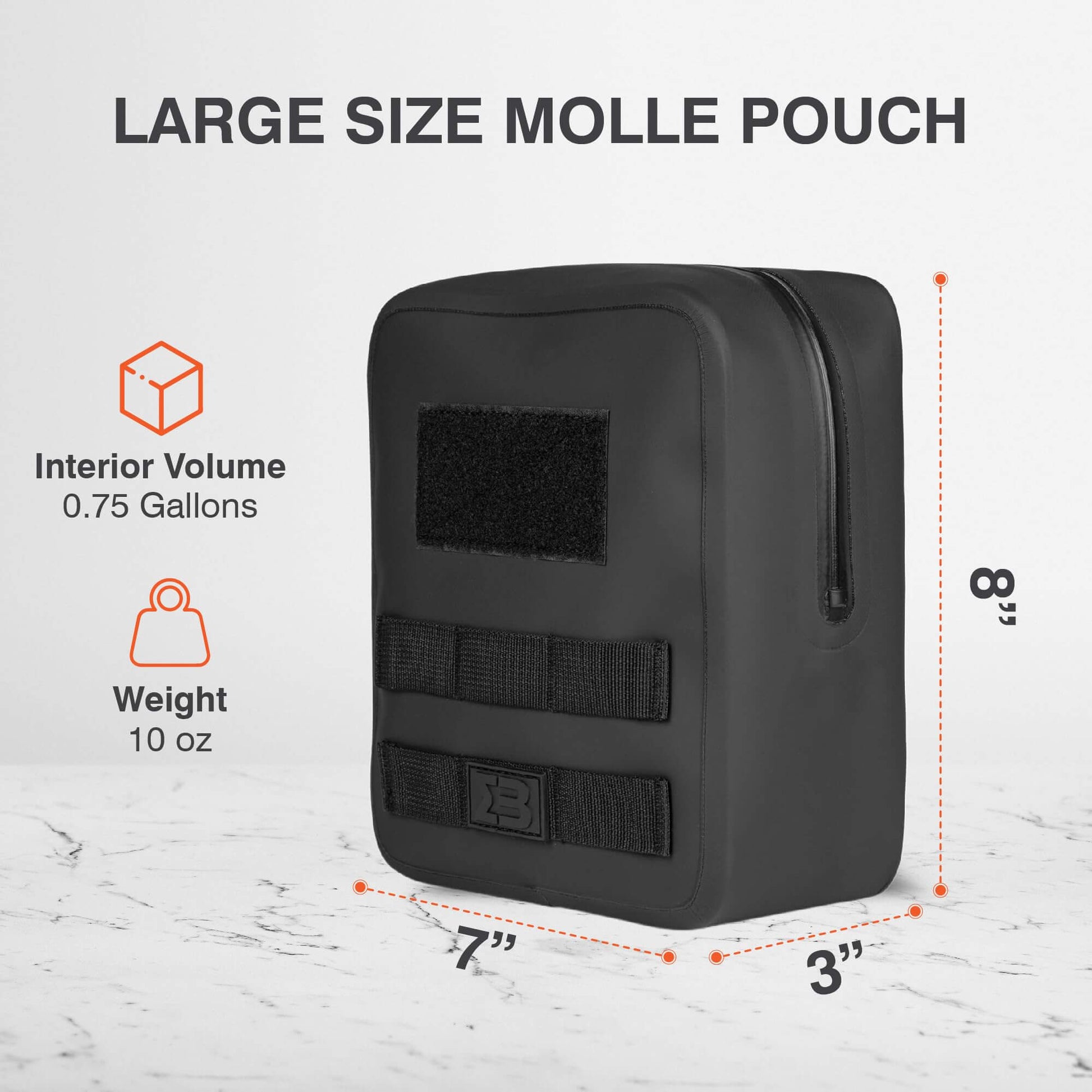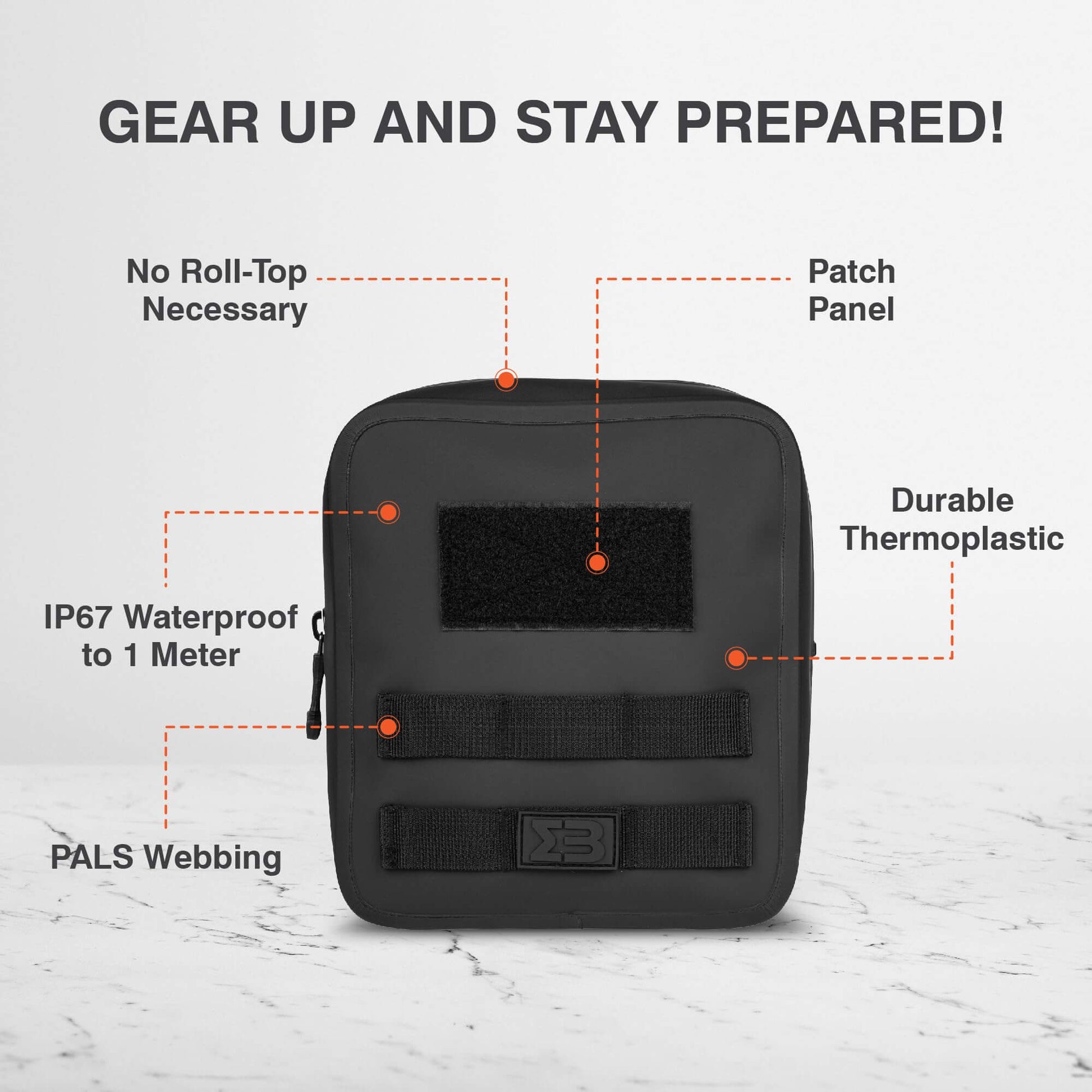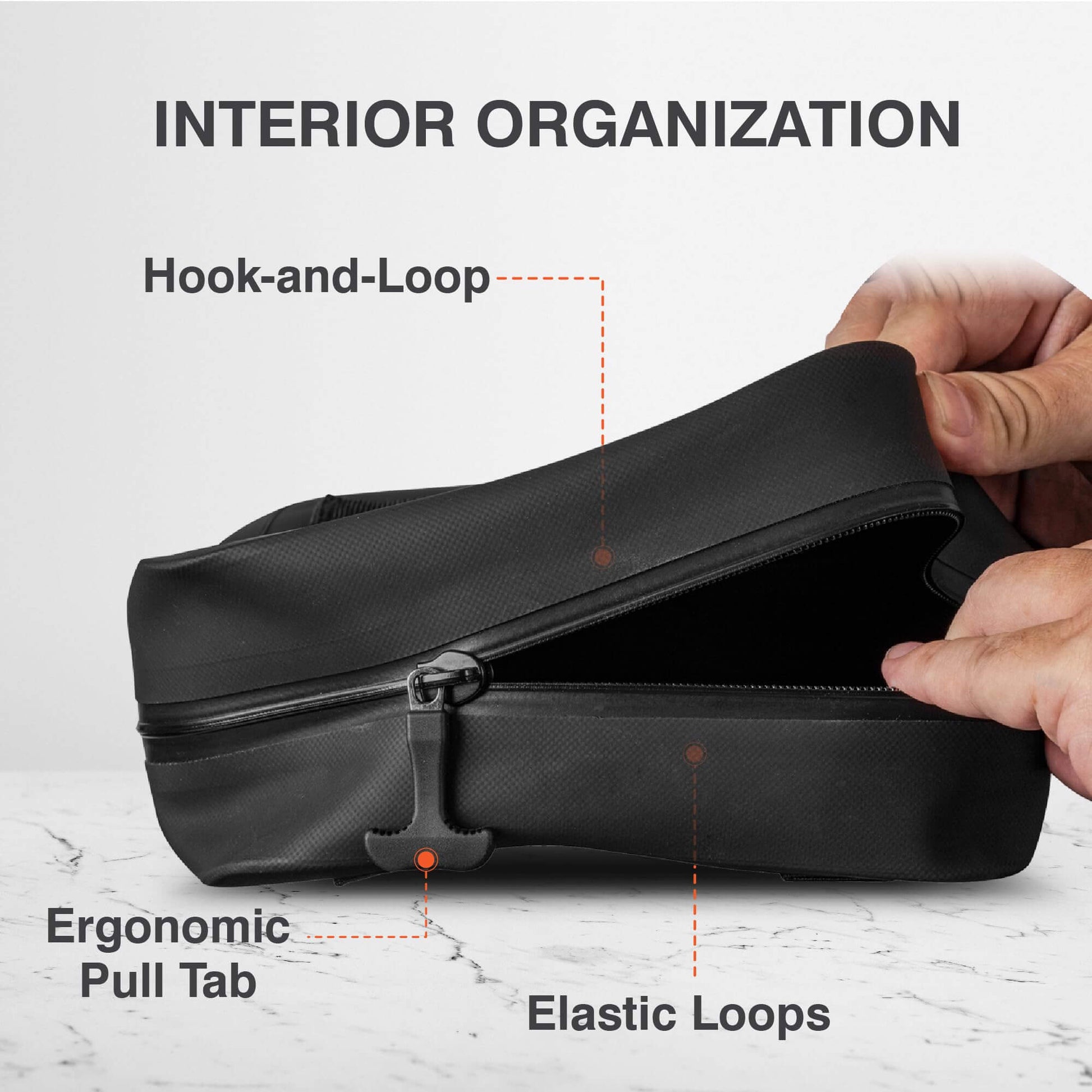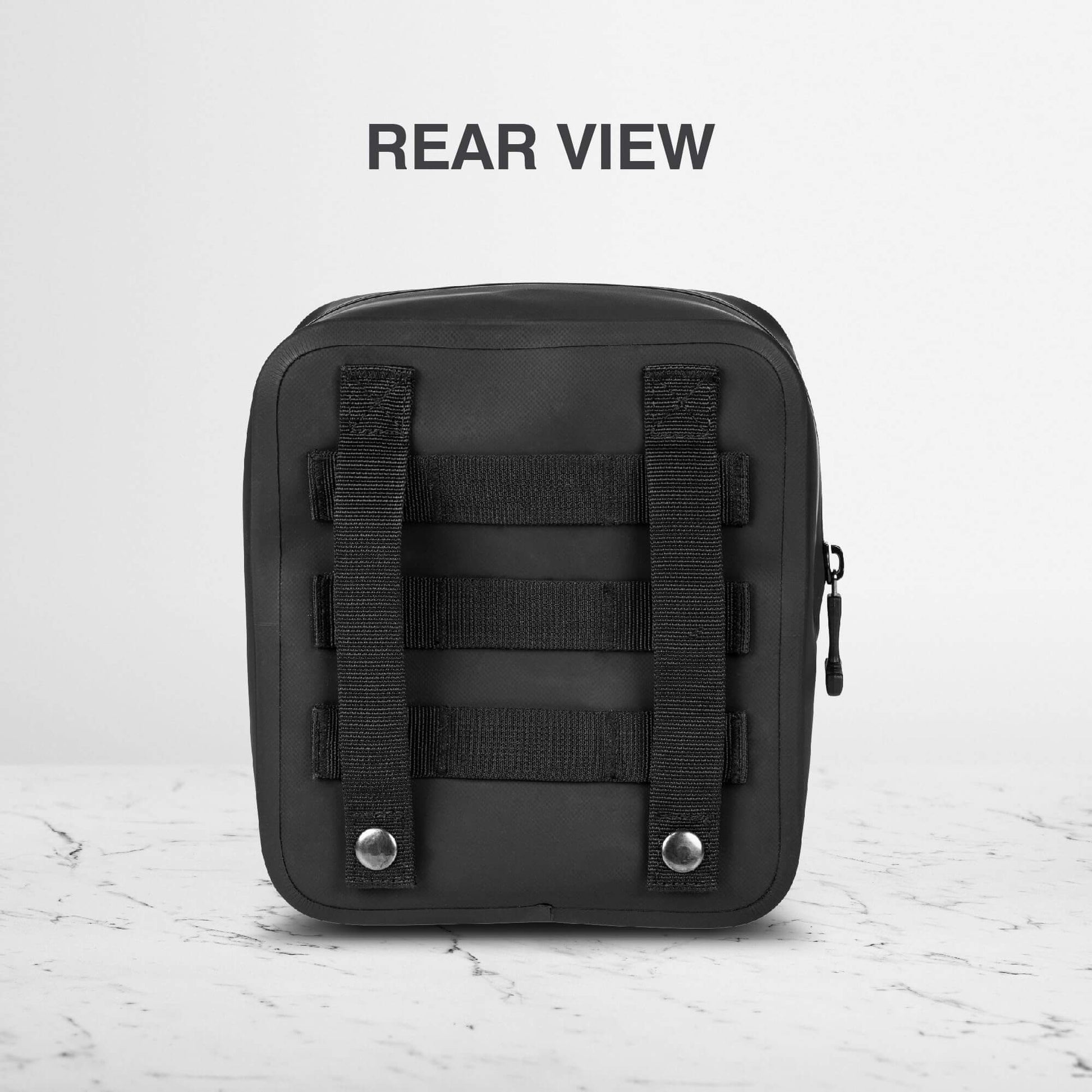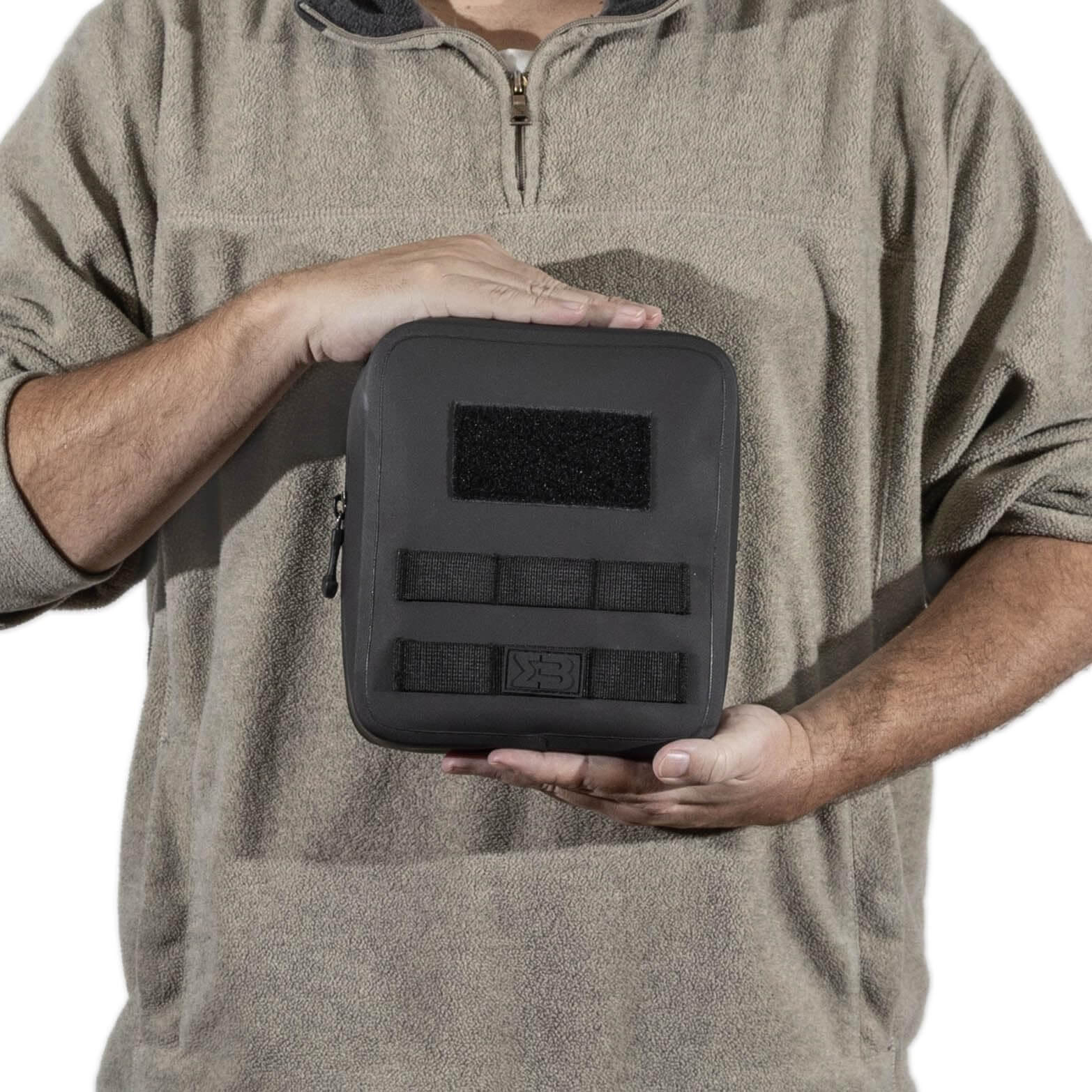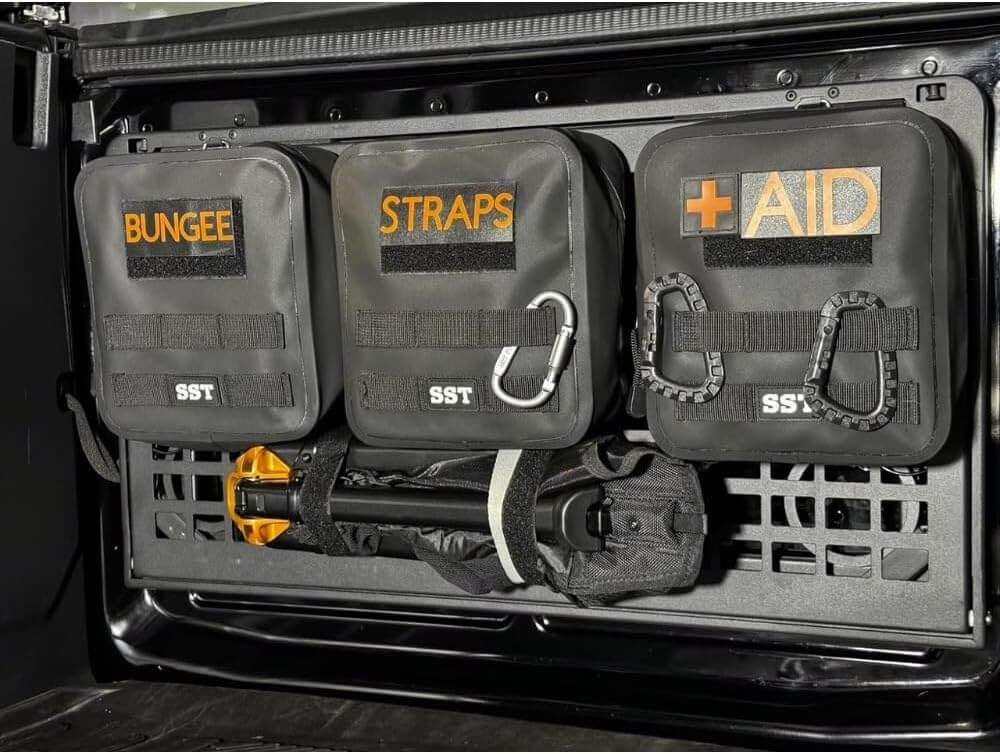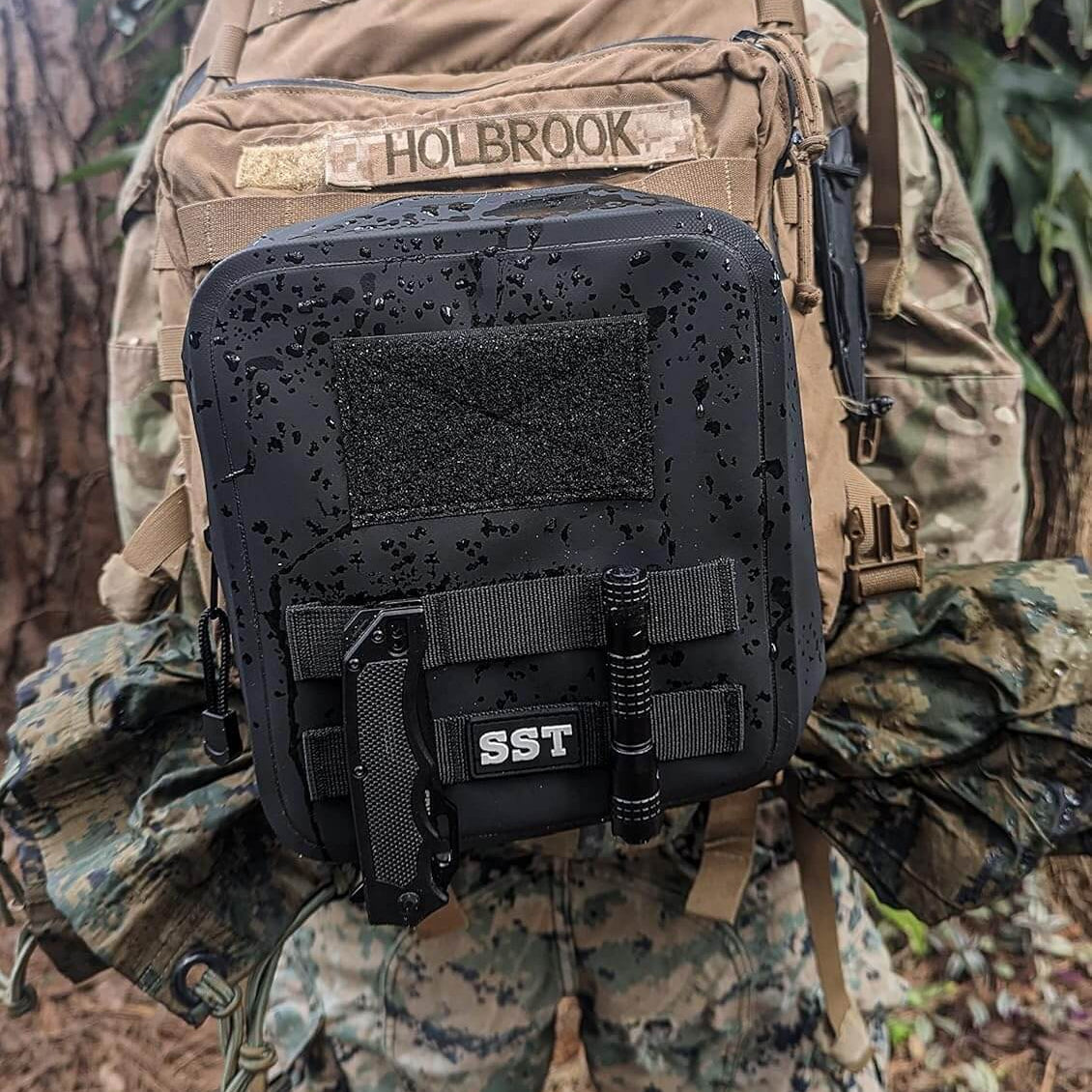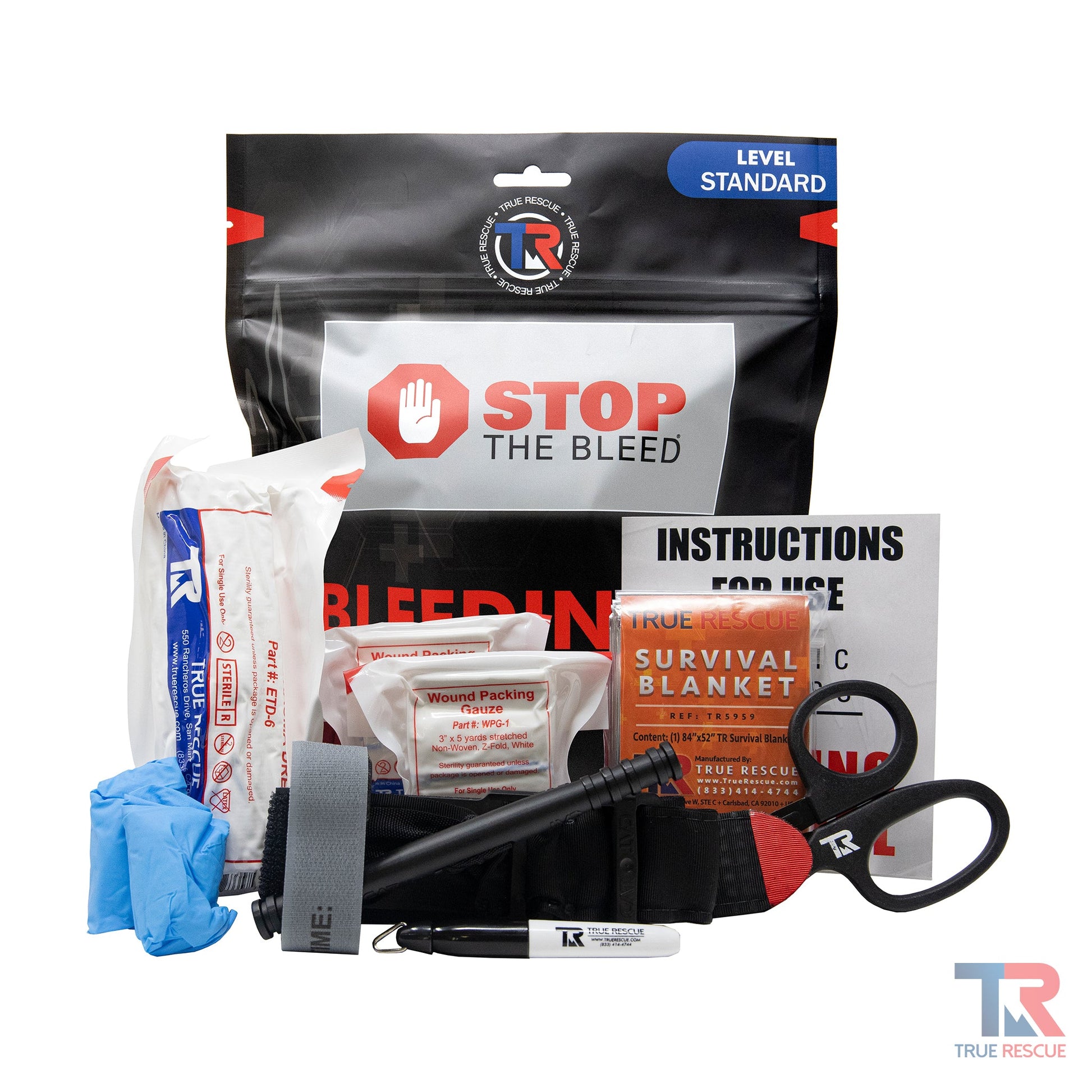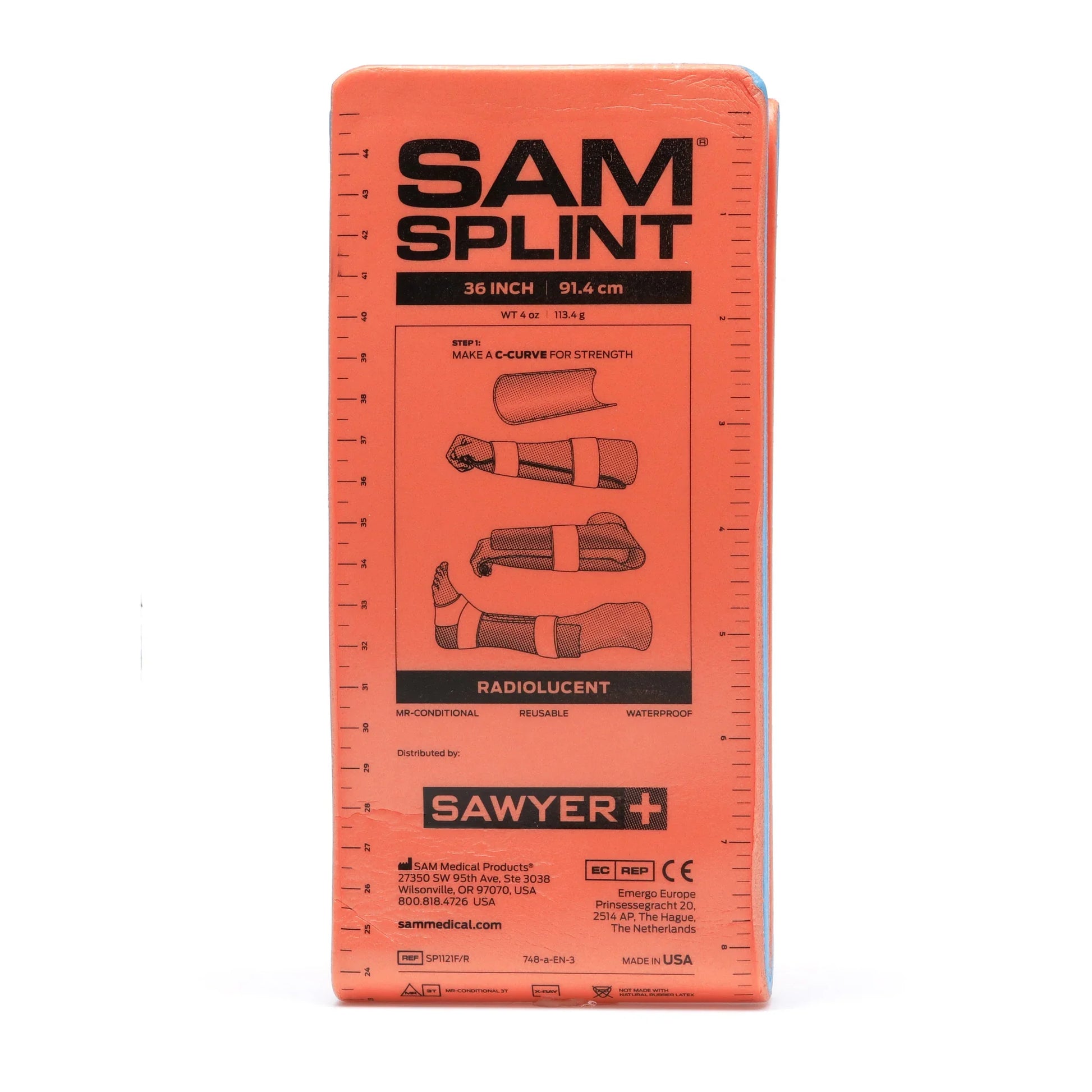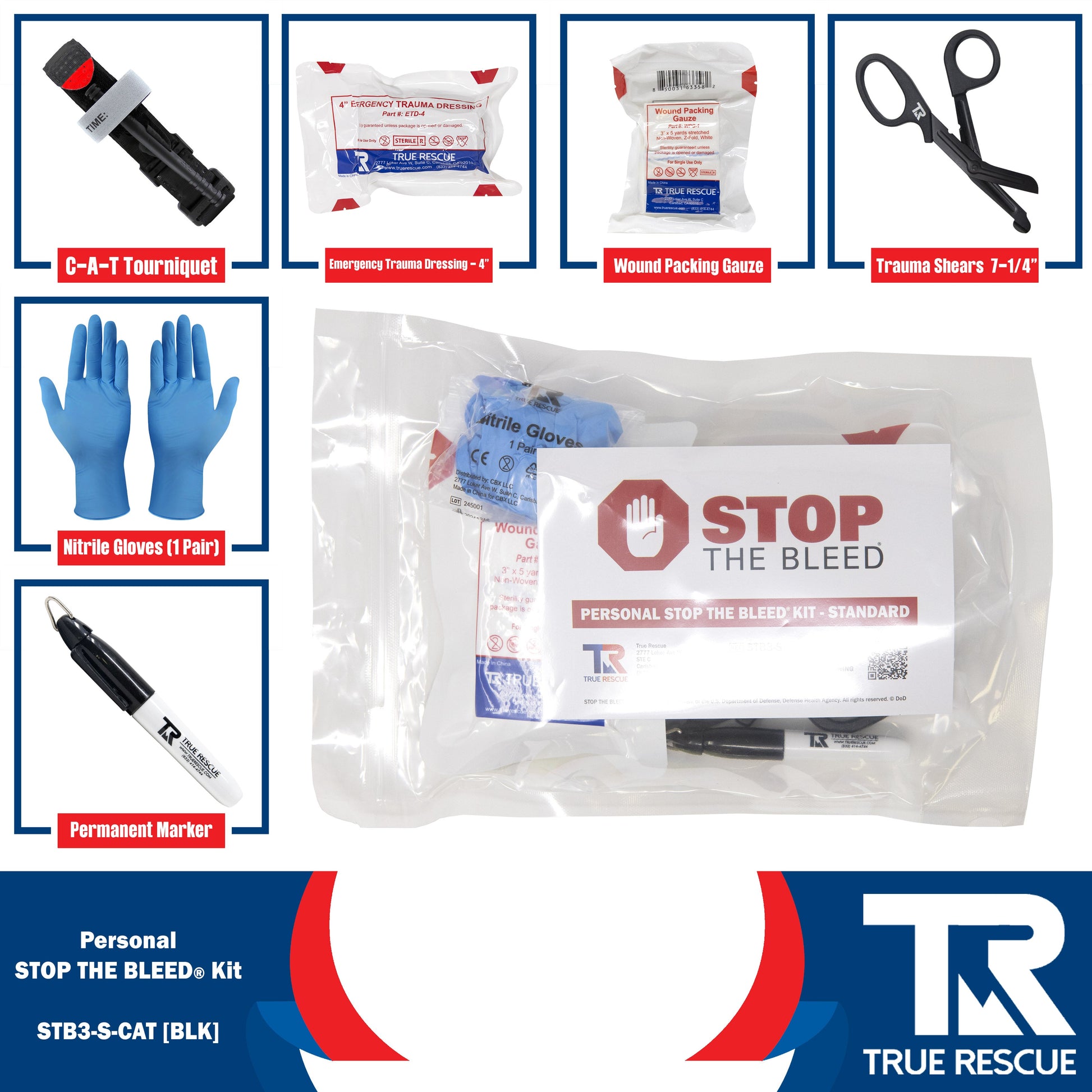Tourniquets: Lifesaving Essentials in Modern Combat
In high-risk environments where every second counts, the tourniquet has become a standard-issue piece of medical gear for military personnel worldwide. Designed to prevent life-threatening blood loss from severe limb injuries, tourniquets have a long and evolving history that has shaped their current role in battlefield medicine.
A Brief History of Tourniquets
The use of tourniquets dates back centuries, with early versions appearing as far back as the Roman Empire. Soldiers and medics realized that tightly constricting a wounded limb could slow excessive bleeding. However, the widespread adoption of tourniquets in military settings gained momentum during the Napoleonic Wars (early 1800s), when battlefield surgeons used them to control hemorrhaging before amputations.
Despite their effectiveness, tourniquets were controversial for much of the 20th century due to concerns about limb damage from prolonged use. It wasn't until the wars in Iraq and Afghanistan that modern combat medicine validated their life-saving potential. Studies on battlefield casualties revealed that rapid tourniquet application dramatically increased survival rates for troops suffering traumatic limb injuries. This led to their official integration into every soldier’s Individual First Aid Kit (IFAK).
Purpose & Tactical Importance
Tourniquets serve one crucial function: to stop severe bleeding in extremities when direct pressure and wound packing are ineffective. They are primarily used in situations where arterial bleeding can lead to fatal blood loss within minutes. Their advantages include:
- Fast & Effective Hemorrhage Control – Simple application can prevent fatal blood loss.
- One-Handed Use – Many modern tourniquets, like the Combat Application Tourniquet (CAT) and SOF-T Tourniquet, are designed for self-application.
- Compact & Lightweight – Easily carried in tactical gear, making them accessible in emergencies.
- Standardized in Military & Law Enforcement – Essential for first responders in combat and civilian trauma situations.
Why Tourniquets Are Military Standard Today
Battlefield medicine has evolved alongside military strategies, and preventable death from hemorrhaging became a critical focus for combat medics in the early 2000s. Research confirmed that swift tourniquet application before the onset of shock greatly improved survival outcomes. As a result, militaries worldwide issued tourniquets to every soldier, and training in their proper use became mandatory.
Today, tourniquets are not only standard in combat zones but also widely used in law enforcement, emergency medical response, and civilian preparedness kits. Their effectiveness in saving lives during high-pressure situations has solidified their place as one of the most important medical tools in modern tactical gear.
Applying a tourniquet correctly can be lifesaving in emergencies. Here’s a step-by-step guide:
- Identify the Bleeding Site – Tourniquets are only used for severe limb injuries with uncontrollable bleeding.
- Position the Tourniquet – Place it 2-3 inches above the wound, between the injury and the heart. Avoid joints.
- Tighten the Strap – Pull the tourniquet strap as tight as possible and secure it.
- Twist the Windlass – Rotate the windlass (the rod) until you cannot rotate any longer, then lock it in place.
- Secure the Tourniquet – Fasten the windlass with the provided clip or strap to prevent loosening.
- Record the Time – Write the time of application on the tourniquet or the patient’s skin. Tourniquets should not be left on for extended periods.
- Seek Medical Help – A tourniquet is a temporary measure. Get professional medical assistance as soon as possible.
Add a tourniquet to your SEALBAG now! -





